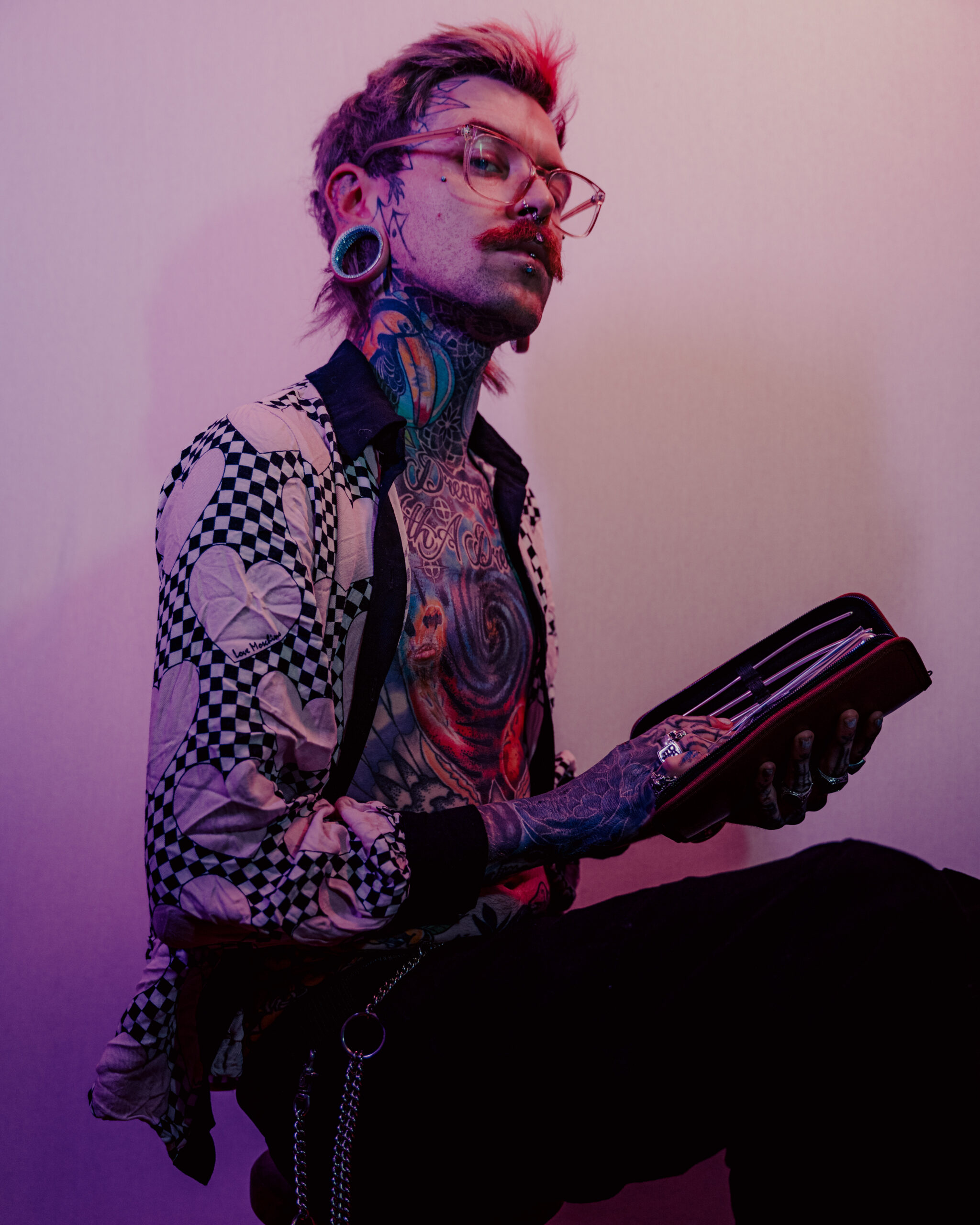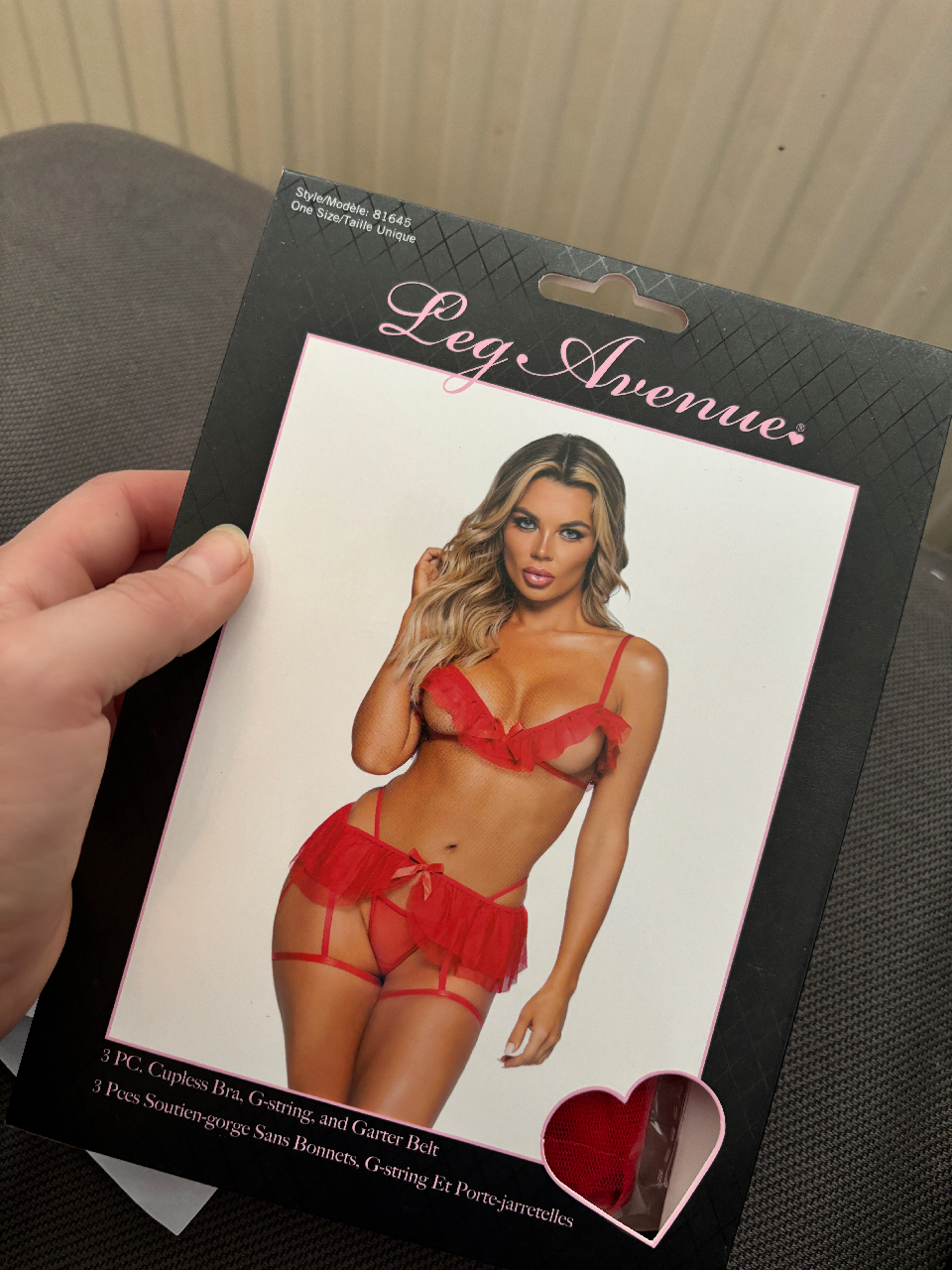The Evolution of Understanding Gender Identity and Sexual Orientation
Our understanding of gender identity and sexual orientation has undergone significant transformation over time, evolving from rigid societal norms to a more nuanced and inclusive recognition of individual experiences. Historically, these concepts were often defined by binary categories, but contemporary society embraces the spectrum of human expression, acknowledging the diversity of identities and attractions.
Shifting Societal Norms
This shift in understanding has had a profound impact on modern dating, challenging traditional expectations and creating space for more authentic connections. The rise of online dating platforms has further accelerated this evolution, providing opportunities for individuals to connect with others who share their identities and values.
While progress has been made, societal norms around gender identity and sexual orientation continue to evolve. Conversations about consent, boundaries, and respectful communication are crucial in navigating the complexities of modern relationships.
Ultimately, fostering an environment of acceptance and understanding is essential for individuals to express their true selves and build meaningful connections based on shared values and mutual respect.
Increased Visibility and Representation
Our understanding of gender identity and sexual orientation has undergone significant transformation over time, evolving from rigid societal norms to a more nuanced and inclusive recognition of individual experiences. Historically, these concepts were often defined by binary categories, but contemporary society embraces the spectrum of human expression, acknowledging the diversity of identities and attractions.
This shift in understanding has had a profound impact on modern dating, challenging traditional expectations and creating space for more authentic connections. The rise of online dating platforms has further accelerated this evolution, providing opportunities for individuals to connect with others who share their identities and values.
While progress has been made, societal norms around gender identity and sexual orientation continue to evolve. Conversations about consent, boundaries, and respectful communication are crucial in navigating the complexities of modern relationships.

Ultimately, fostering an environment of acceptance and understanding is essential for individuals to express their true selves and build meaningful connections based on shared values and mutual respect.
The Impact on Modern Dating Practices
Modern dating practices have been significantly shaped by evolving understandings of gender identity and sexual orientation. The traditional binary frameworks are being challenged as society increasingly embraces a spectrum of identities and expressions.
Dating Apps and Online Platforms
Dating apps and online platforms have become integral to modern romance, offering unprecedented opportunities for connection. These platforms allow individuals to express themselves authentically and connect with others who share their values and interests. The ability to specify gender identity and sexual orientation provides a level of clarity and intentionality that was previously unavailable.
However, these platforms also present unique challenges. Navigating the complexities of online dating requires careful consideration of safety, boundaries, and consent. It is crucial for users to be mindful of their own comfort levels and communicate openly and honestly with potential partners.
The rise of online dating has democratized access to diverse communities, allowing individuals from all walks of life to find love and companionship. As technology continues to evolve, it will be interesting to see how these platforms continue to shape the landscape of modern dating.
Communication and Self-Expression
Modern dating practices have been significantly shaped by evolving understandings of gender identity and sexual orientation. The traditional binary frameworks are being challenged as society increasingly embraces a spectrum of identities and expressions.
Dating apps and online platforms have become integral to modern romance, offering unprecedented opportunities for connection. These platforms allow individuals to express themselves authentically and connect with others who share their values and interests. The ability to specify gender identity and sexual orientation provides a level of clarity and intentionality that was previously unavailable.
However, these platforms also present unique challenges. Navigating the complexities of online dating requires careful consideration of safety, boundaries, and consent. It is crucial for users to be mindful of their own comfort levels and communicate openly and honestly with potential partners.
- One significant impact is the increased visibility and acceptance of diverse gender identities and sexual orientations.
- Online dating platforms provide a space where individuals can connect with others who share their experiences, fostering a sense of community and belonging.
- The ability to express oneself authentically through profiles and conversations allows for more genuine connections based on shared values and interests.
These advancements have led to a more inclusive and accepting dating landscape, empowering individuals to explore their identities and seek connections that are true to themselves.
Challenges and Barriers
Modern dating practices have been significantly shaped by evolving understandings of gender identity and sexual orientation. The traditional binary frameworks are being challenged as society increasingly embraces a spectrum of identities and expressions.
Dating apps and online platforms have become integral to modern romance, offering unprecedented opportunities for connection. These platforms allow individuals to express themselves authentically and connect with others who share their values and interests. The ability to specify gender identity and sexual orientation provides a level of clarity and intentionality that was previously unavailable.

However, these platforms also present unique challenges. Navigating the complexities of online dating requires careful consideration of safety, boundaries, and consent. It is crucial for users to be mindful of their own comfort levels and communicate openly and honestly with potential partners.
One significant barrier in modern dating is the persistence of societal stigma and prejudice against individuals who identify as LGBTQ+ or express gender identities outside of the binary.
This can manifest in various ways, including discrimination in online platforms, harassment, and a lack of understanding from potential partners. Overcoming these barriers requires ongoing education, advocacy, and a commitment to creating inclusive environments where all individuals feel safe and accepted.
Navigating Intersectionality in Relationships
Modern dating is undergoing a profound transformation as our understanding of gender identity and sexual orientation evolves. The traditional binary framework is being challenged by a growing recognition of the diversity of human experience, leading to more inclusive and authentic connections.
Understanding Multiple Identities
Modern dating practices have been significantly shaped by evolving understandings of gender identity and sexual orientation.
The traditional binary frameworks are being challenged as society increasingly embraces a spectrum of identities and expressions.
Dating apps and online platforms have become integral to modern romance, offering unprecedented opportunities for connection.
These platforms allow individuals to express themselves authentically and connect with others who share their values and interests. The ability to specify gender identity and sexual orientation provides a level of clarity and intentionality that was previously unavailable.
However, these platforms also present unique challenges. Navigating the complexities of online dating requires careful consideration of safety, boundaries, and consent.
It is crucial for users to be mindful of their own comfort levels and communicate openly and honestly with potential partners.
- One significant impact is the increased visibility and acceptance of diverse gender identities and sexual orientations.
- Online dating platforms provide a space where individuals can connect with others who share their experiences, fostering a sense of community and belonging.
- The ability to express oneself authentically through profiles and conversations allows for more genuine connections based on shared values and interests.
These advancements have led to a more inclusive and accepting dating landscape, empowering individuals to explore their identities and seek connections that are true to themselves.
Modern dating is undergoing a profound transformation as our understanding of gender identity and sexual orientation evolves.
The traditional binary framework is being challenged by a growing recognition of the diversity of human experience, leading to more inclusive and authentic connections.
Embracing Diversity within Partnerships
Navigating intersectionality in relationships involves recognizing that individuals hold multiple identities that intersect and influence their experiences. Gender identity, sexual orientation, race, ethnicity, socioeconomic status, and other factors shape how we perceive ourselves and interact with others.
- Understanding the complexities of intersectional identities is crucial for building respectful and meaningful connections. It requires actively listening to and validating the experiences of our partners, recognizing that their perspectives may differ from our own due to their unique backgrounds and identities.
- Open communication is essential for navigating potential conflicts or misunderstandings that may arise from intersecting identities. Creating a safe space where both partners feel comfortable expressing their thoughts and feelings without fear of judgment is paramount.
- Embracing diversity within partnerships involves celebrating the richness that comes from different backgrounds, experiences, and perspectives. It means being willing to learn and grow alongside our partners, expanding our understanding of the world and ourselves through their unique viewpoints.
Ultimately, fostering inclusive and equitable relationships requires ongoing self-reflection, empathy, and a commitment to creating spaces where all individuals feel seen, heard, and valued for who they truly are.
Addressing Potential Conflicts and Misunderstandings
Navigating intersectionality in relationships involves recognizing that individuals hold multiple identities that intersect and influence their experiences. Gender identity, sexual orientation, race, ethnicity, socioeconomic status, and other factors shape how we perceive ourselves and interact with others. Understanding the complexities of intersectional identities is crucial for building respectful and meaningful connections.
It requires actively listening to and validating the experiences of our partners, recognizing that their perspectives may differ from our own due to their unique backgrounds and identities. Open communication is essential for navigating potential conflicts or misunderstandings that may arise from intersecting identities. Creating a safe space where both partners feel comfortable expressing their thoughts and feelings without fear of judgment is paramount.
Embracing diversity within partnerships involves celebrating the richness that comes from different backgrounds, experiences, and perspectives. It means being willing to learn and grow alongside our partners, expanding our understanding of the world and ourselves through their unique viewpoints.
Ultimately, fostering inclusive and equitable relationships requires ongoing self-reflection, empathy, and a commitment to creating spaces where all individuals feel seen, heard, and valued for who they truly are.
The Future of Dating: Inclusivity and Acceptance
The landscape of modern dating is undergoing a significant transformation as society evolves to embrace a more inclusive understanding of gender identity and sexual orientation.

Evolving Definitions and Boundaries
Dating practices have been profoundly shaped by these evolving understandings, challenging traditional binary norms and paving the way for more authentic connections.
Online dating platforms have emerged as integral players in this landscape, offering unprecedented opportunities for individuals to connect with others who share their identities and values. These platforms provide a space where expressing oneself authentically becomes possible, fostering genuine connections based on shared interests and experiences.
However, the rise of online dating also presents unique challenges that require careful consideration. Navigating safety, boundaries, and consent are crucial aspects of this evolving landscape. Open communication and respect for individual comfort levels are essential for fostering healthy and fulfilling relationships in this new digital age.
Promoting Respect and Understanding
The future of dating looks promising as inclusivity and acceptance continue to gain momentum. As societal norms evolve, we’re seeing a shift towards recognizing the spectrum of human identities and expressions.
Dating apps are playing a crucial role in this transformation, providing platforms for individuals to connect with others who share their values and experiences. This increased visibility and accessibility foster a sense of belonging and community for those who may have felt marginalized or misunderstood in traditional dating environments.
However, it’s important to acknowledge that challenges remain. Combatting prejudice and discrimination against LGBTQ+ individuals and those with non-binary gender identities is an ongoing effort.
Promoting education and open dialogue about these issues is essential for creating truly inclusive dating spaces where everyone feels safe and respected.
Ultimately, the future of dating hinges on fostering empathy, understanding, and respect for individual differences. By embracing diversity and challenging traditional norms, we can create a dating landscape that celebrates the full spectrum of human connection.
clit clamps
I Like Corbyn But
55 Thousand Dresses
- Why Ghosting Is One Of The Most Hurtful Forms Of Breakup Behavior - November 7, 2025
- What Is The Environmental Impact Of Bum Filler Injections? - November 5, 2025
- What Are The Best CBD Infused Gummies For Sleep Quality - November 4, 2025
